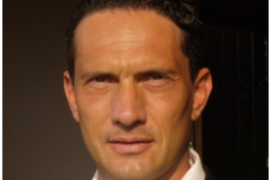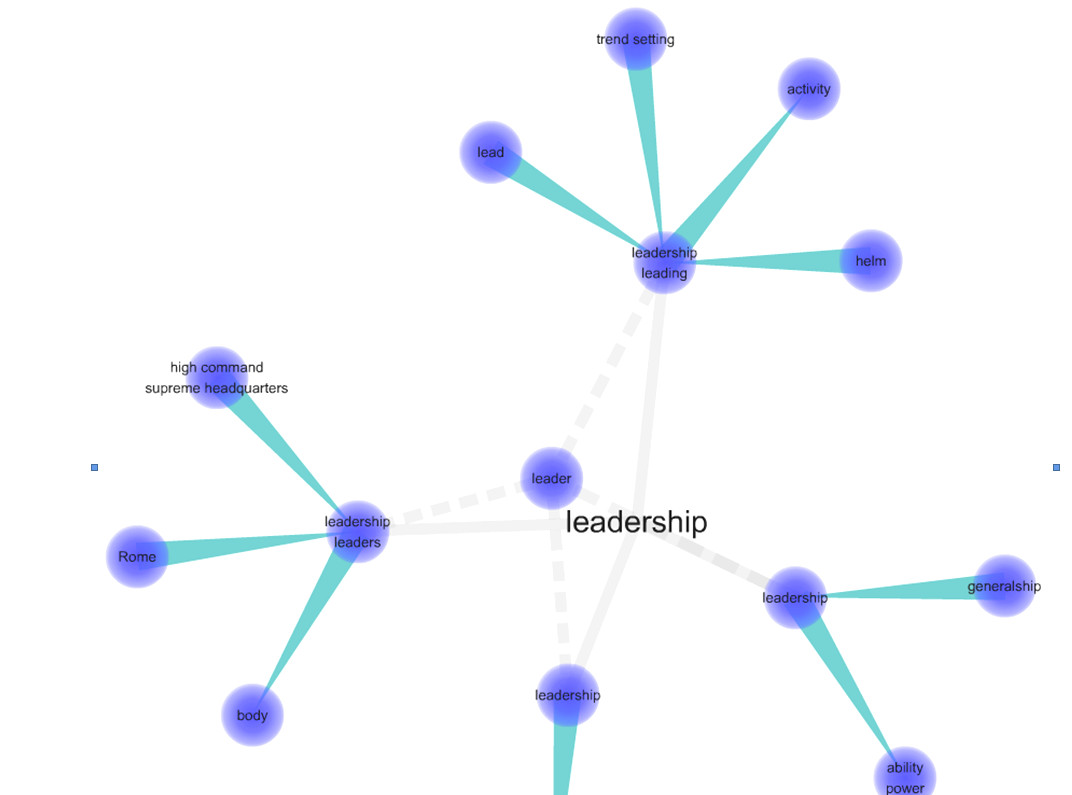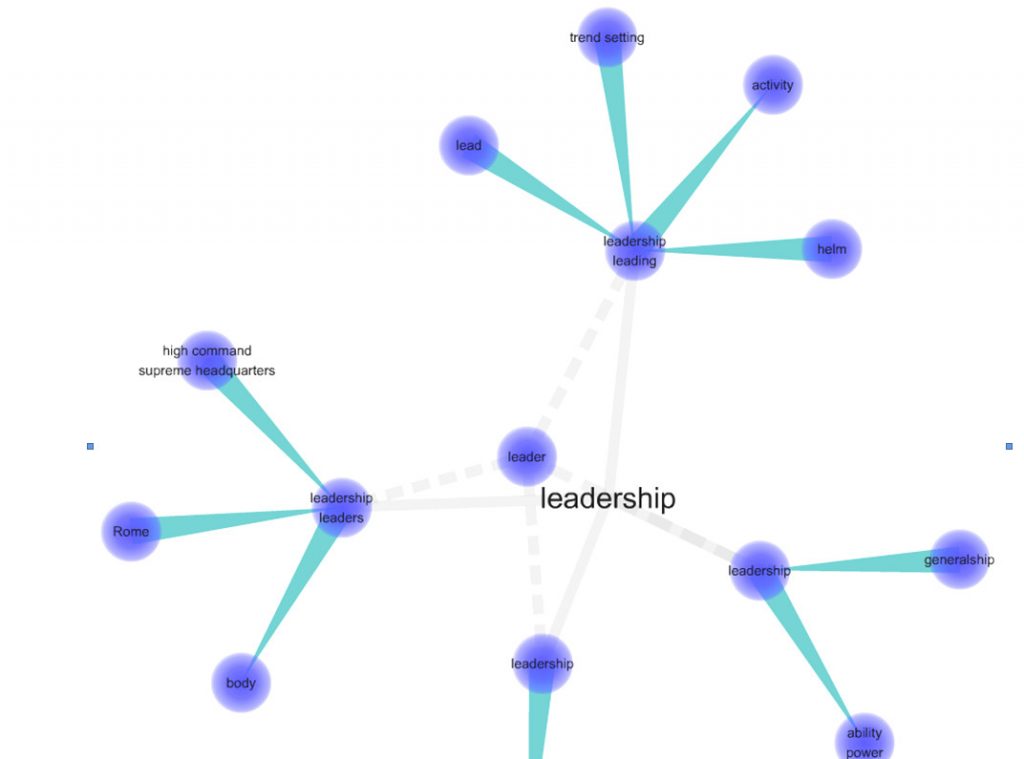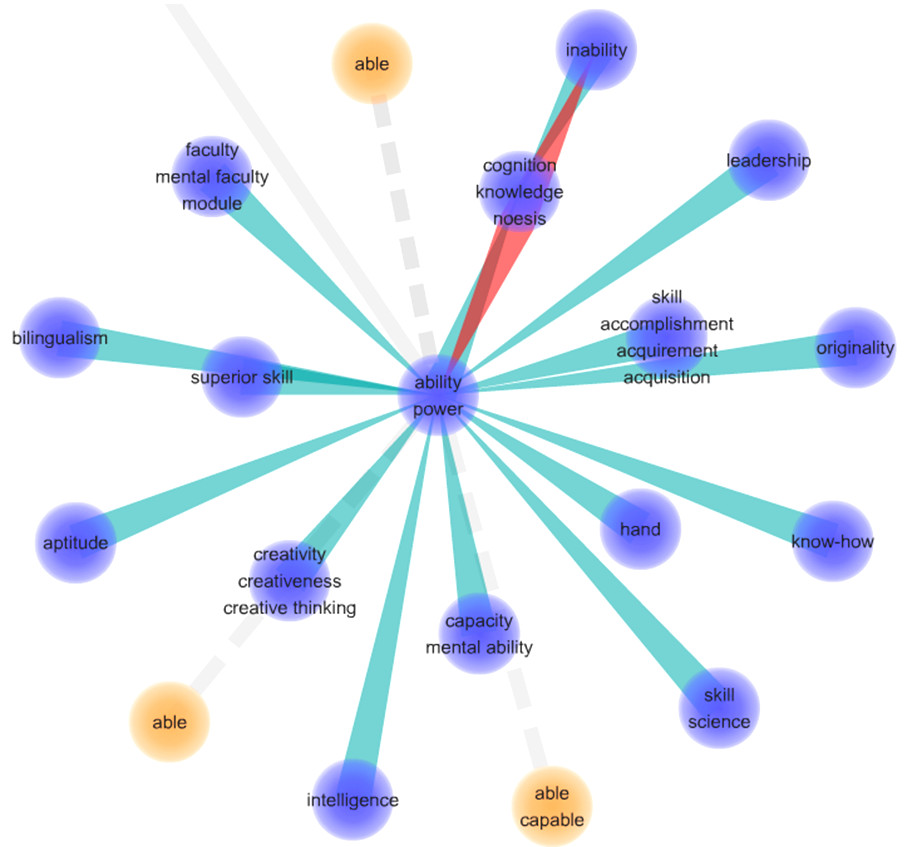From the book:
Semiotics for Leaders: The Exa-Leadership Model for Leadership and Human Potential Development

by Dr. Daniele Trevisani
“People travel to wonder
at the height of the mountains,
at the huge waves of the seas,
at the long course of the rivers,
at the vast compass of the ocean,
at the circular motion of the stars,
and yet they pass by themselves
without wondering ”
St. Augustine of Hippo
Abstract
Semiotics, the science of meaning, codes and communication, is an extremely powerful tool that can help leaders to be ore effective by acquiring the most profound side of leadership: the building of sense, purpose, and vision, inspiration for the Self and for entire groups.

In Semiotics, Leadership can be analyzed in two very different ways:
- “Denotative Analysis” (or “Denotation”): examination of behaviors, communications, acts, relational styles, the external forms or “signs” used by leaders to build and convey their leadership, reinforce it, or simply “act” as leaders (clothing and dress codes, verbal style, non verbal style, the type of car, the painting on the wall, even the location chosen for a meeting, and literally anything that can become a “sign” of a personal way of interpreting leadership);
- “Connotative Analysis” (or “Connotation”): the personal interpretation of a sign, the internal representation of meaning, the “story” behind perceivable traits, the evaluation of behaviors as “good”/”bad”, of tasks as “easy”/”difficult”, of people as “active”/”passive”, and any other evaluation.
Denotative Analysis should be as much as possible “objective”, non-judgmental, descriptive, sensorial, refer to perceived signs without any attempt to judge it, while Connotation, on the contrary, is and must be the judgmental side, seeking to extract the “sense” of any sign, evaluate it, confront its essence with values, beliefs, and even personal norms.
The work I conducted during 30 years of research and practice identifies the 6 main “vectors” that leaders use in generating both their internal world-views and their external communication.
The Exa-Leadership models derives its name from the word Six (Exa) in Greek language. In this model, Leadership is a holistic spectrum that can arise from:
- higher levels of attribution of meaning to physical power, which produces external communication signs or “power display”, acts, behaviors, or symbols used to display power and control others, show force superiority, ability to generate fear, and seek group-member’s need for a powerful group protector or Alpha Leader (Primal Leadership),
- attribution of meaning connected to the display of superior mental energies, superior motivational forces, being energetic and smart, motivated and mentally tough, an attitude perceivable in communication and behaviors, such as lack of fear, display of courage, determination, resistance and resilience, lack of anxiety, drive to action (Psychoenergetic Leadership),
- higher meanings attributing to managing the overall picture, showing a high level of skills across very different areas and fields of knowledge (Macro-Leadership),
- higher meanings attributed to being extremely good in highly specialized tasks, without need to getting the whole picture (Micro-Leadership),
- higher meaning attributed to display power and ability in managing the perfect execution of a task (Project Leadership), and
- higher level of meanings attributed to values, wisdom, and spirituality (Spiritual Leadership).

Any company places expectations and very often lots of money on shaping public opinion’s views about how it wishes to be perceived.
Perception Engineering is really the effort of shaping and manipulating perceptions by scientifically placing and choosing the right “Signs” that can convey the right “Perception” in a given target audience, or change it strategically.
Any Leader and any company derives its specific Leadership Style and Behaviors from a unique mix of one or more of the six factors.
The “Power Profile” that emerges shows graphically the type of Leadership style.
Primal Leadership has to to with our animal side, the most basic instincts of survival, sex, reproduction, food, defence and attack, which require strength and fighting.
The external signs of this leadership attitude are everywhere and depict a historic stage of humanity where the animal side of humans is still the grounding force of external communication acts, even in the business environment, despite any tie or effort to acquire a higher status as “enlighted” species.
This can be the seen clearly in how western sports (as Soccer or Football, Volley or Basket) still contain a very high dose of combat and aggressiveness. Even more, combat sports, as seen in western MMA (Mixed Martial Arts) adopt a “Primal Style” of Martial Arts: external signs are filled with strong bodies, tatoos, and muscularity, behaviors as confrontation, aggression, and visually, lots of blood. For those who adopt this view, if there is not enough blood, the fight has not been good enough. Instead of showing the deep respect of the adversary in the pre-match confrontation, athletes are expected to practice “trash talk”, offend each other, show disrespect, and “fire up” the atmosphere, very likely to enhance viewer’s smell for blood. Everything is loud, from the music to the public screaming and the level of aggressiveness.
This is a completely different way of interpreting the meaning of the word “Martial Art” if we confront it with oriental cultures and practices, such as in Karate, Judo, Aikido, Wushu, Taekwondo, and many others, where the “Signs” use are much more clean, minimal, there is no unneeded aggressiveness whatsoever except for the focused action, participants are expected to behave with great composure and respect, atmosphere is permeated by mystical forces, deep inner strength, search for spirituality, no need for excessive external strengths display. The enphasis is on the search for inner energy (the “Chi”, “Ki” “Qi”) that needs no external demonstration, even when Martial Arts (as for Samurai or Ninja warriors) became a matter of life and death.
The same distinction holds true for Leadership Style. We can have an “externally powerful” Rambo-like leadership style, based on show of power, aggressiveness, status symbols like huge cars, building, private airplanes, behaviors of “boldness” and power, or a “Chi-based” style of leadership emphasizing inner strengths, based on remaining humble and internally powerful without any need to “overshow”.
These two distinct styles can be analyzed deeply by means of Denotative Analysis (what external and perceivable signs and behaviors leaders use) and Connotation Analysis (what meaning are conveyd by specific signs and behaviors). So, the Tao symbol becomes not only a graphical display, but the symbol of an entire worldview of the search for harmony and inner energies. And on the contrary, a “Death Skull” symbol becomes the sign of bravery, the lack of fear and love for fight. A storm can be used to visually “suck” the meanings associated to rapidiy, flash action, power and devastating energies.
The choice of any symbol will denote not only a graphical choice, but the appreciation or belonging of the individual to an entire world-view.
Semiotics is not just visual, it is poli-sensorial. The way you shake hands can convey meanings (gentle, strong, or agitated), what you eat and the way you eat it, even the way you walk and your posture.
The same holds true for the choice of a manger of a specific dress-code, the verbal and nonverbal signs used, the parfume he/she will use, the place where he/she will want to set the next meeting or the painting on the walls.
The Exa-leadership model attempts to grasp which variable is most active in a leadership style, and what generates strong leadership as opposed to weak leadership.
by Dr. Daniele Trevisani
- Book on Amazon: Semiotics for Leaders,





